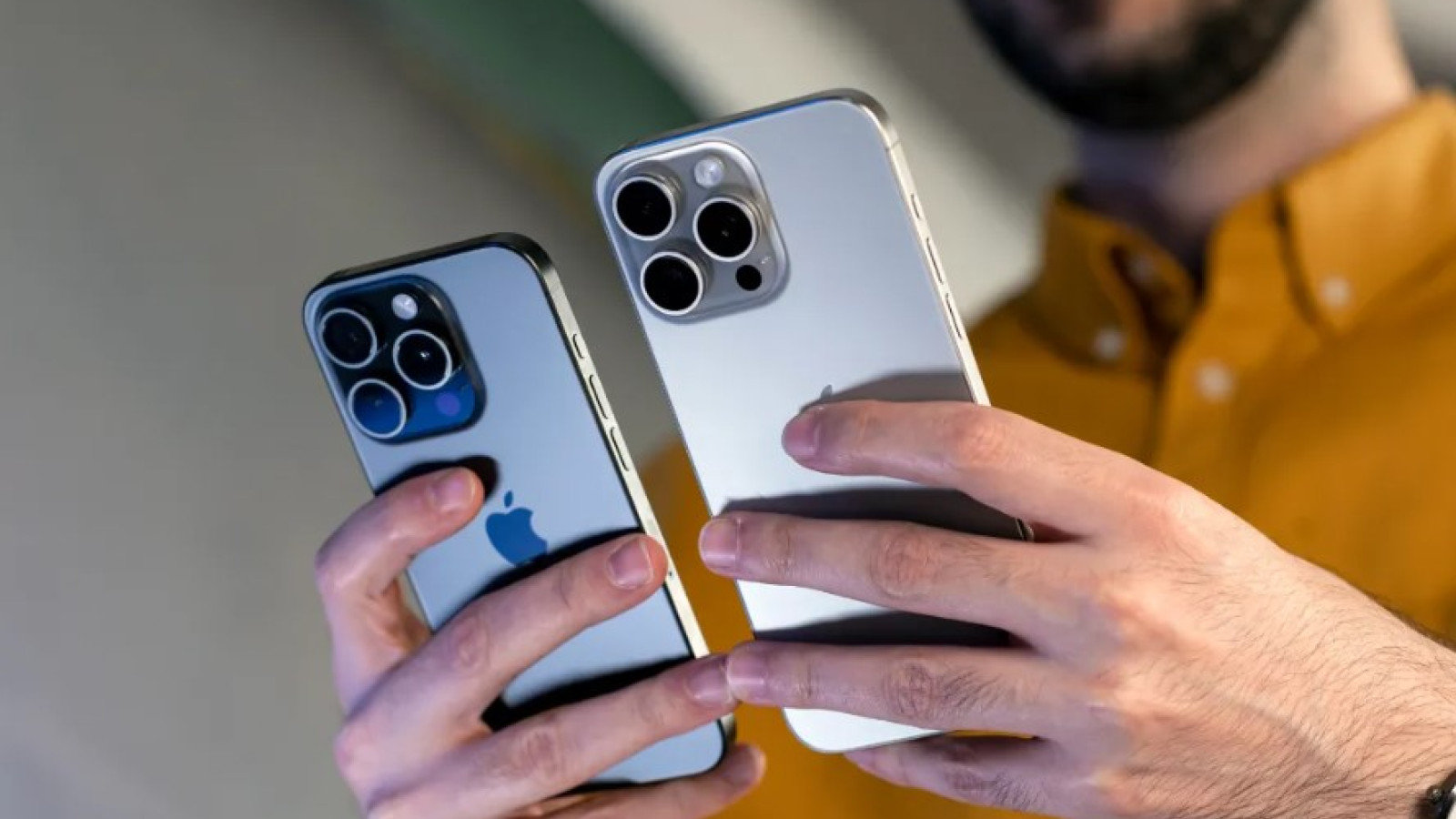7 Minutes
The Smartphone Camera Evolution: Have We Reached the Peak?
Over the past year, the world of smartphone cameras has seen some revolutionary releases that have reshaped the mobile photography landscape. Standouts like the Xiaomi 15 Ultra and the more mainstream OnePlus 13 have raised the bar for mobile imaging, challenging the long-dominant Apple iPhone, Samsung Galaxy, and Google Pixel models. These advancements are not just reserved for high-end devices—core innovations are slowly making their way into more affordable models, granting everyday users access to exceptional photography tools.
Yet, as smartphones push the boundaries of what’s possible in a slim chassis, it feels as though we’re nearing the limit in some areas, particularly with sensor size and optical zoom. Is mobile photography about to plateau, or are fresh innovations about to transform the user experience once again?
Sensor Size Limits: Can Bigger Get Better?
For years, phone makers have tried to squeeze ever-larger sensors into ever-slimmer bodies. But practical constraints are setting in—larger sensors require more depth, often resulting in unsightly camera bumps or forced ultra-wide focal lengths. Most advanced smartphone cameras have settled around 1/1.3-inch sensors, striking a delicate balance between image quality and device ergonomics. The once-promising 1-inch sensor, as seen in models using the LTY-900, is about as large as can be comfortably accommodated.
Instead of simply increasing sensor size, manufacturers are shifting focus towards intelligent sensor technology. For example, Sony’s LYT-818 sensor employs groundbreaking Hybrid Frame-HDR (HF-HDR), which combines short, medium, and long exposures for an industry-leading dynamic range—over 100dB or up to 17 stops. This means brighter highlights, richer shadows, and less risk of blown-out backgrounds, even during extensive zoom. Sony’s LYT-828 pushes the envelope further with ultra-high conversion gain (UHCG), significantly reducing random noise in low-light scenarios and minimizing the need for aggressive post-processing.
Sony isn’t alone in this race. OmniVision’s OV50X introduces lateral overflow integration capacitor (LOFIC) alongside established Dual Conversion Gain (DCG) HDR techniques, enabling a staggering 110dB single-exposure HDR from a 1-inch sensor—making it a potential powerhouse for both photography and videography on upcoming smartphones.
Next-Generation Zoom: Powerful Reach Without the Bulk
Optical zoom has long been a challenge for slim smartphones. True telephoto performance traditionally requires larger hardware, but recent strides in periscope lens design and in-sensor cropping have yielded remarkable results. Samsung’s 200MP ISOCELL HP9, showcased in the Xiaomi 15 Ultra, features 14-bit RAW, advanced iDCG and Staggered HDR, along with 2x or 4x seamless in-sensor zoom. Rather than relying solely on digital cropping, these sensors can extract high-resolution zoomed images natively by capturing only the center portion of the sensor—enabling lossless magnification.
Of course, smaller pixels at high zoom can mean lower light sensitivity and color accuracy. To combat these challenges, technologies like Samsung’s AI-driven Remosaic and multi-frame image processing ensure captured details remain sharp and vivid, while new launches like the GNJ and advanced OmniVision models are closing the performance gap.
At CES 2025, Samsung Semiconductor revealed the All Lenses on Prism (ALoP) innovation, integrating lens elements directly atop periscope prisms. This reduces camera module thickness and simultaneously allows for a wider aperture—effectively attacking two of the biggest pain points in mobile telephoto design: size and low-light performance. Similar breakthroughs are already in play from OPPO with its Triple Prism Periscope Structure, supporting impressive 3x zoom capabilities coupled with robust 50MP sensors, as seen in the Find X8 Pro, Find X8 Ultra, and the OnePlus 13.
Other exciting developments include stacked multi-lens systems, extended-fold periscope modules, Sony’s variable focal length technology, and HUAWEI’s dual-lens periscope approach—all redefining what’s possible for zoom photography in a thin smartphone body.
Artificial Intelligence: The Engine Behind Mobile Imaging
AI is quickly becoming the invisible hand guiding mobile photography’s progression. While earlier applications focused on minor tweaks—like automated exposure adjustments or scene recognition—today’s AI in smartphone cameras is responsible for everything from computational HDR to advanced noise reduction and even real-time scene reconstruction.
Flagships like the OnePlus 13 demonstrate how AI-powered processing, even with relatively modest 3x telephoto hardware, delivers zoomed images of stunning clarity. Google’s Pixel series, a leader in AI-enhanced imaging, remains the reference for computational photography—blending frames intelligently to reproduce accurate colors, skin tones, and incredible detail. As we look toward the anticipated Pixel 10 and iPhone 17 launches, expect next-gen features such as semantic scene segmentation, AI-refined zoom, and AI-powered bokeh to become mainstream.
Looking ahead, AI will play an outsized role in low-light photography. Rather than stacking dozens of frames to boost exposure, AI-driven algorithms will apply learned models to reduce noise without smearing vital detail—leading to crisper nighttime shots, especially when capturing movement.
In video, the next wave of AI tools will enable real-time semantic processing: recognizing subjects, optimizing focus, and dynamically adjusting lighting on a per-object basis. Features like stabilized cinematic bokeh and interactive AI-driven relighting—editable after video capture—are on the horizon, promising cinematic results for everyday users.
Crucially, these AI advances will increasingly run on-device, thanks to powerful Qualcomm and MediaTek processors. That equates to faster operation, improved privacy, and greater creative control—all without the need for cloud processing.
Mid-Range Smartphones: Closing the Gap With Flagships
While premium devices showcase the latest camera advancements, mid-range smartphones are quietly catching up at a remarkable pace. Features that once defined flagships—4K video recording, optical image stabilization (OIS), phased autofocus—are now standard in many upper-mid-tier handsets.
Brands like OmniVision are enabling this leap with cost-optimized sensor solutions, such as the OV50M40, which balances reduced complexity and cost with advanced features like multi-frame HDR and rapid focus. Although these models may utilize slightly smaller sensors or simpler optics, the overall user experience and image results are closing in on last year’s flagship performance.
Looking forward to 2026 and beyond, it is realistic to expect mainstream smartphones equipped with 50MP main cameras, quad-pixel binning for enhanced low-light capture, 4K/30fps video recording, and on-device AI scene optimization—parity with the capabilities once limited to $1,000 devices.
Market Relevance and User Impact
This democratization of advanced imaging hardware and intelligent processing means that mobile photography enthusiasts on any budget can expect dramatic improvements in their creative possibilities. As flagship technologies trickle down, the mid-range segment stands to benefit most, enabling professional-grade photography for the masses worldwide.
Where Mobile Imaging Is Headed: 2026 and Beyond
While we’re unlikely to see seismic shifts in smartphone camera physical dimensions over the next couple of years, the upcoming generations promise refined experiences powered by the synergy of new sensor technology, progressive optics, and pervasive artificial intelligence.
Expect features like multi-camera zoom fusion—which leverages data from multiple lenses to create seamless zoom transitions—ultra-res high-fidelity night modes that rival dedicated cameras, and expansive full-scene HDR as new standards across top-tier and mid-tier devices. As both hardware and software evolve in lockstep, even affordable smartphones are fast catching up to the imaging prowess of camera-focused flagships.
Key Comparisons and Product Advantages
Xiaomi 15 Ultra: Industry-leading use of a large sensor and advanced ISOCELL technology for striking low-light and zoom performance.
OnePlus 13: Exemplary demonstration of AI-driven image processing, elevating mid-tier hardware to flagship-level results.
OPPO Find X8 Pro/Ultra & OnePlus 13: Smart triple-prism periscope setups for compact yet powerful zoom.
Google Pixel Series: Market standard for computational photography, providing unmatched consistency across a wide range of lighting scenarios.
Apple iPhone 17-series (anticipated): Expected upgrades to computational imaging and semantic photo enhancement for even richer user experiences.
Use Cases: Creativity Without Compromises
Enhanced HDR, periscope zoom, and AI-driven post-processing don’t just appeal to tech enthusiasts—they’re fueling creative trends in social photography, micro-vlogging, and on-the-go content creation around the globe. Whether you’re capturing a city skyline at night, filming cinematic travel vlogs, or documenting candid moments, today’s and tomorrow’s smartphones put professional-level tools in your pocket.
Conclusion: The Next Era of Smartphone Photography
Smartphone camera technology is far from stagnating. With an exciting blend of smarter sensor engineering, optical innovation, and intelligent AI software, the next few years will see mobile photography capabilities reach unprecedented heights—not just for flagship junkies, but for all users. From sophisticated HDR to AI-enriched video and creative post-processing, mobile devices are swiftly becoming the camera of choice for millions.
In summary, whether you’re a professional photographer, creative content producer, or everyday smartphone user, the future of mobile photography is bright—packed with features, flexibility, and creative potential. As powerful imaging features become more accessible across product lines, expect your next smartphone to do more than ever before.
Source: androidauthority



Comments